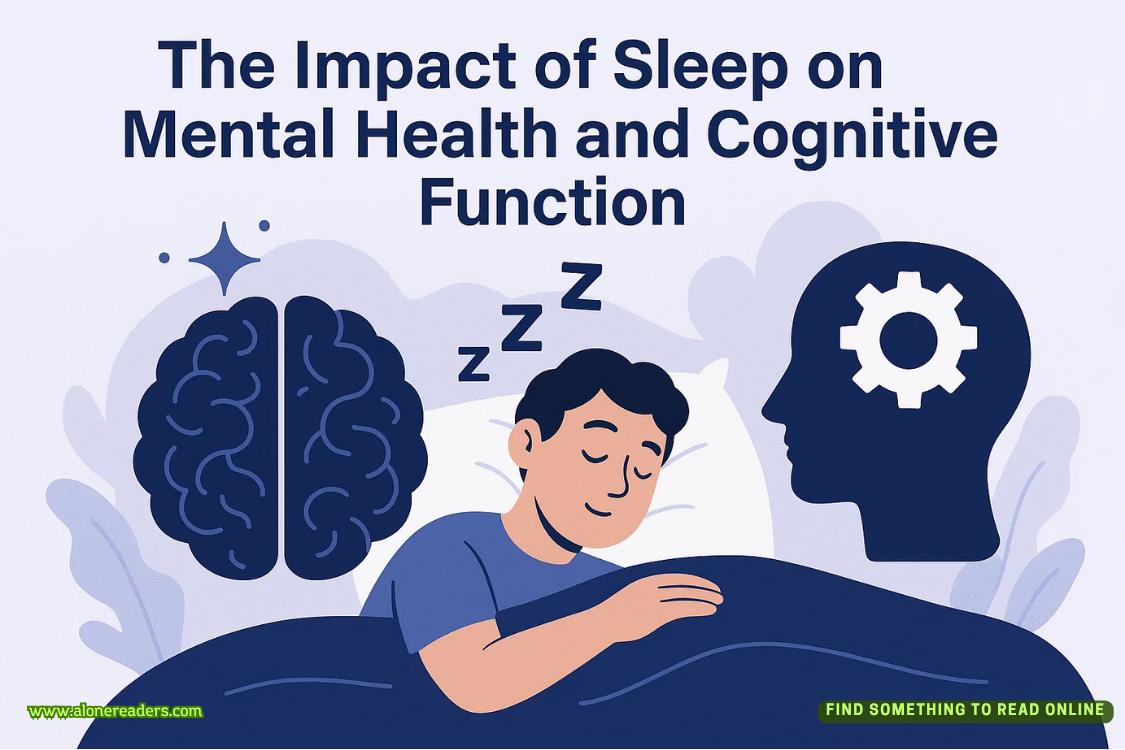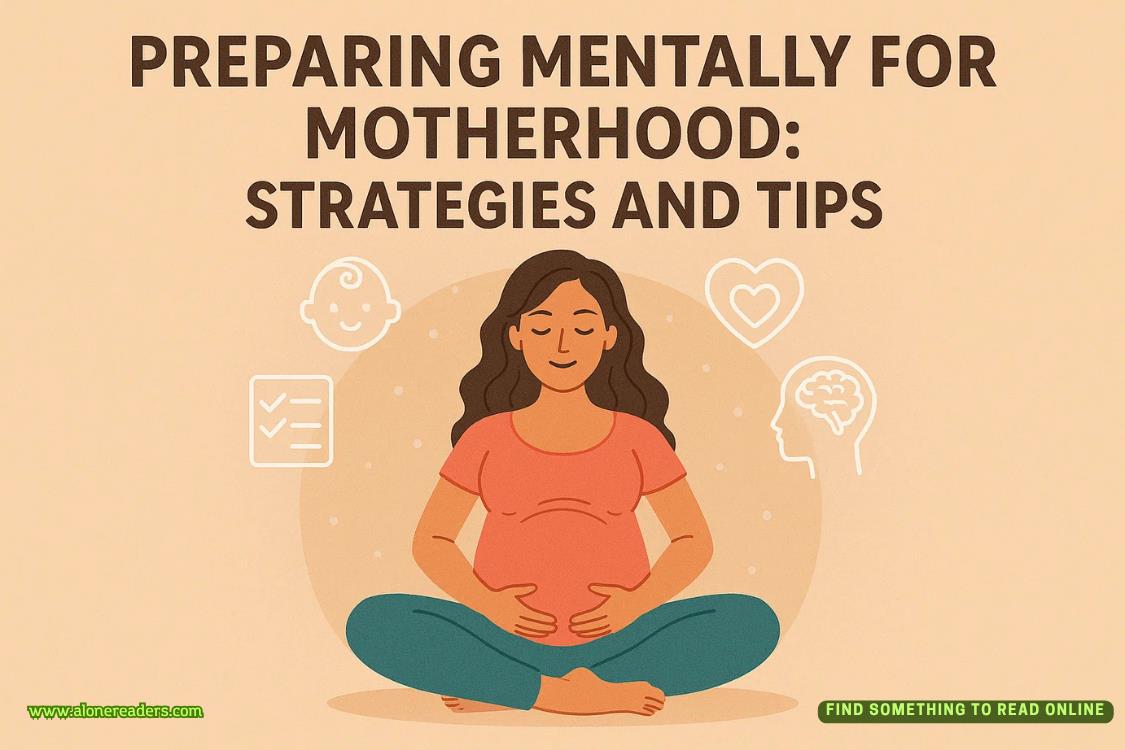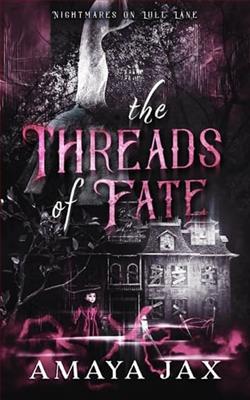Page 95 of The Happy Month
I drove away trying to forget I’d ever had that thought.
The next morning, I walked into The Freedom Agenda around eight-thirty. I was planning to make a pot of coffee the minute I got to the back, but as soon as stepped into the area I was stopped cold. Tacked to the walls were Andy Showalter’s drawings. Not the ones he’d drawn of the Nazis invading Poland, but the ones he’d drawn of Sammy Blanchard. The ones that told the story of his buying a gun for her. There were only five sheets, but they clearly told the story of what happened.Not only the story of Andy buying Sammy the gun, but the story of Sammy going to Pete Michaels’ house and shooting him.
Lydia and Karen had hung the drawings on one wall—actually, copies of the drawings Karen had made at a place that did oversized copying for architects—but still, they sent a message. Otherwise, the conference table was set up just as it had been for Anne Michaels.
I was still gawking at the artwork when Lydia came out of her office. She’d beaten me there. She wore her most professional suit, the one she wore to court when she wasn’t sure of the outcome. Navy blue and sharply tailored—the way generals had their uniforms cut—she paired it with a bright white silk blouse underneath. She didn’t wear any kind of tie or bow with it, just left it open at the color so that you could clearly see the gold crucifix she wore around her neck. One that wasn’t simply a gold cross; it was one that had a small, suffering Christ tacked to it, as though to remind everyone that injustice had been happening for a very long time.
“What are you up to?” I asked.
She simply smiled. “How was yesterday? Are you making progress for the Karpinski boys?”
“I’m finding things out. Not necessarily what I need to find out, but I’m definitely getting a complete picture of Patrick’s life and how Vera might have fit into it.”
The bell rang over the front door. It was Karen. I’d never seen her arrive this early before. She was often late and ran on what she called CP time—Colored People time. I’d noticed two things about that. One: Lydia never said anything about her being late. And two: When it mattered, Karen was there. Which probably explained number one.
I was telling Lydia some of the things I’d learned aboutPatrick Gill, when Karen came back with three notebooks that held anything we might need for this deposition.
“Karen, could you call Eyes on Justice? They should be here by now.”
“I’ll try, but they don’t pick up the phone until nine.”
I wondered how she knew that since I never saw her before nine, but… that might be another reason Lydia never cared about CP time. Just because Karen wasn’t at her desk didn’t mean she wasn’t doing her job.
The bell over the door rang again. We walked out to the lobby. It wasn’t Eyes on Justice, it was Sammy Blanchard and her attorney, Wesley Colcott. The show was about to begin.
CHAPTER TWENTY-SEVEN
August 6, 1996
Tuesday morning
One look at Wesley Colcott and I knew he and Lydia would have a lot of friction. He was a dinosaur from another era. In his late sixties, he wore a charcoal gray suit and had oiled his thinning hair. Sammy looked small and waifish, wearing a pink blouse with a lacy collar and a matching skirt. She was trying to look like a church-y teenager. She’d put a lot of thought into it.
Introductions were made and Karen offered coffee or water.
“This shouldn’t take long,” Colcott said, more a command than a reason not to have a cup of coffee.
“The videographer is late,” Lydia said. “We’re trying to reach them, but their office isn’t open yet. If need be, I have a decent tape recorder.”
“I prefer a written transcript anyway,” Colcott said. “Facial expression can be distracting. Just because we can do things doesn’t always mean we should.”
As he said that, we walked into the back. Sammy took one look at the drawings on the wall, and said, “What the fuck is that?”
Colcott took them in. He leaned over and said something into Sammy’s ear. Then to Lydia, “What are you playing at?”
“You mean the drawings? We put those up weeks ago. I didn’t want them getting all curled or wrinkled in case I have to bring them into court.”
“Artwork is not admissible.”
“Artwork isusuallynot admissible. It’s up to a judge. Andy Showalter is dead so we can’t reexamine his testimony. If there’s a new trial and the prosecution attempts to enter his testimony, I’ll provide these to refute it. They speak to his state of mind.”
“They won’t be allowed in.”
Lydia shrugged. “I’d agree if we were talking about direct evidence. I would never want to see someone convicted on the basis of his artwork. However, I would be using these drawings to impeach prior testimony. The images create reasonable doubt; the bedrock of our legal system. I’d say I have a fifty-fifty shot.” Smiling, she suggested, “Why don’t we sit down.”
Colcott led Sammy to a seat where the images were behind her back. I could see that she was seething—jaw tight, eyes narrowed. Exactly where Lydia wanted her.
Karen came out of Lydia’s office with a tape recorder and set it in the middle of the table. After Lydia turned on the tape, she made the same sort of introduction she’d made with Anne Michaels. That took two or three minutes.When she was done, she asked Sammy, “Are you ready to begin?”















